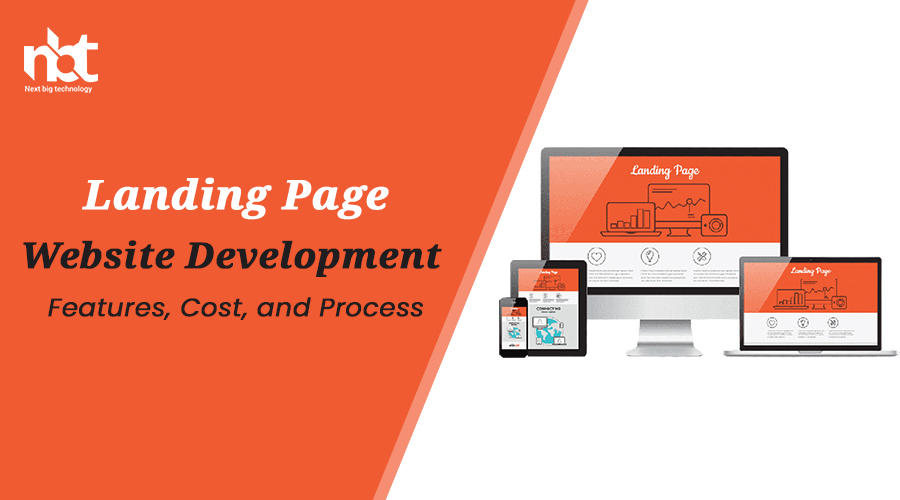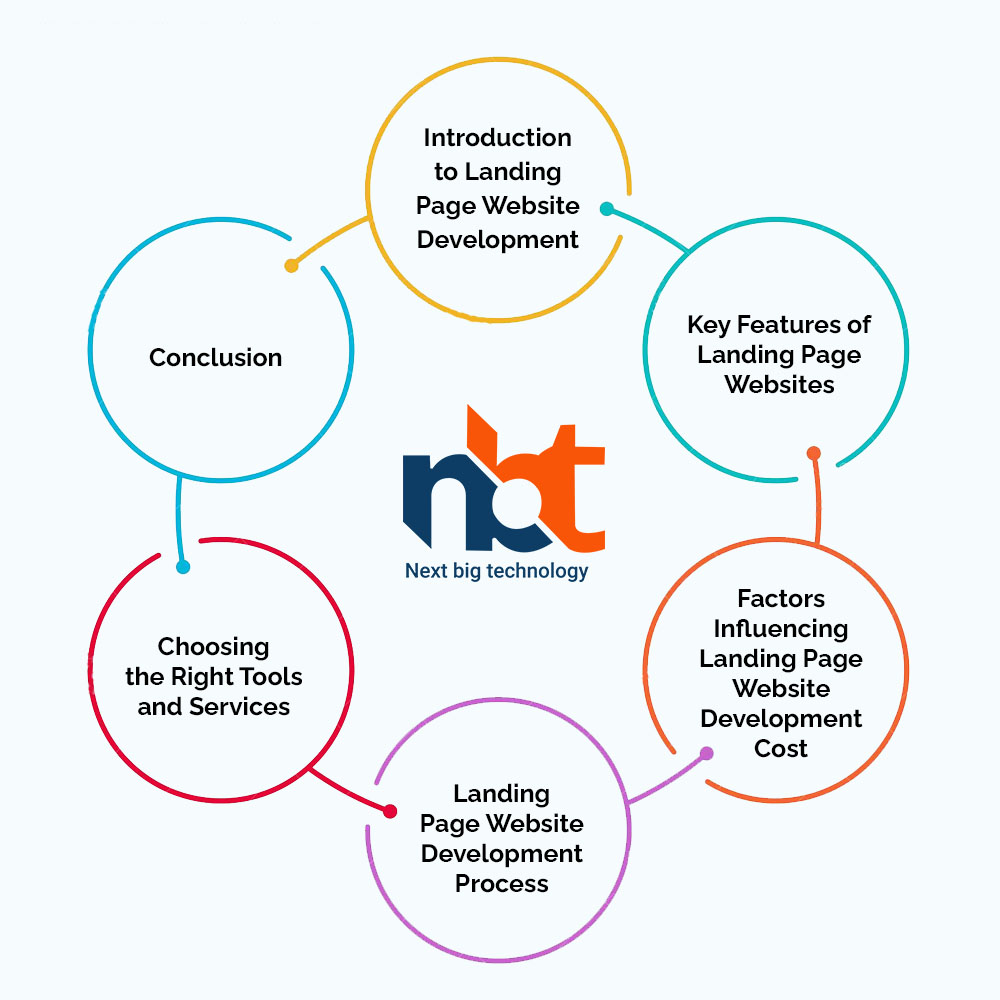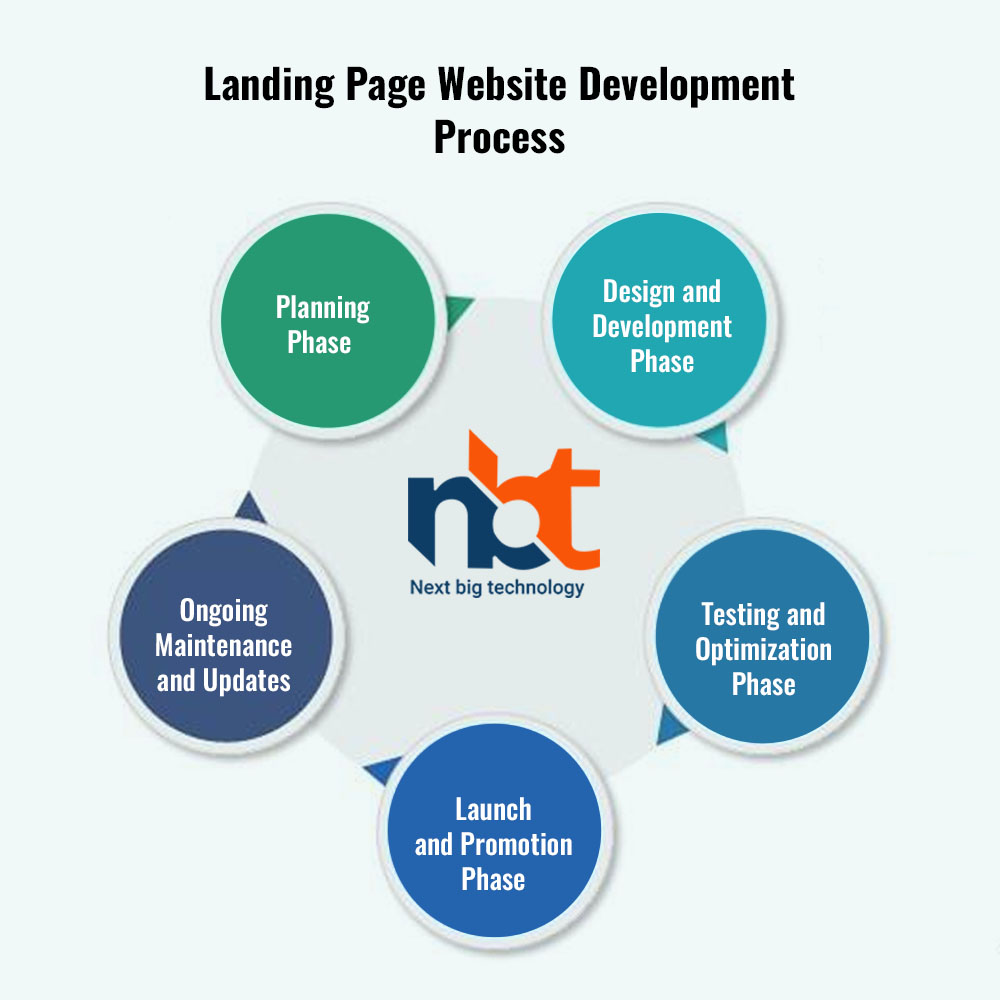Landing pages have emerged as powerful tools for businesses to capture leads, promote products, and drive specific actions from visitors. These single-page websites are designed with precision to deliver a focused message and guide users towards a desired conversion. In this comprehensive guide, we explore the key features, cost considerations, and step-by-step process involved in developing effective and impactful landing page websites.
Table of Contents
Introduction to Landing Page Website Development
- Understanding Landing Pages: Defining the role of concise and targeted web pages in lead generation and conversions.
- Significance of Landing Pages: Highlighting the importance of compelling content and optimized design.
Key Features of Landing Page Websites
Clear Value Proposition:
- Headline and Subheadline: Crafting attention-grabbing headlines that convey the offer’s value.
- Value Proposition Statement: Explaining the benefits and solving the user’s pain points.
Compelling Imagery:
- High-Quality Visuals: Incorporating relevant images, graphics, or videos that resonate with the offer.
- Hero Image: Placing a prominent visual element that instantly communicates the message.
Call-to-Action (CTA):
- CTA Button: Designing a visually appealing button with actionable text (e.g., “Get Started,” “Download Now”).
- Placement: Strategically positioning the CTA where it’s immediately visible without scrolling.
Lead Capture Form:
- Form Fields: Including essential fields for capturing user information (e.g., name, email, phone).
- Privacy Assurance: Mentioning data security and privacy measures to build trust.
- Minimalist Design: Keeping the form simple and uncluttered for a seamless user experience.
Social Proof and Testimonials:
- Customer Testimonials: Featuring authentic quotes from satisfied customers.
- Trust Badges: Displaying recognizable logos of partner brands or certifications.
Mobile Responsiveness:
- Responsive Design: Ensuring the landing page functions perfectly on various devices and screen sizes.
- Mobile-Friendly CTAs: Designing CTAs that are easily clickable on mobile devices.
Factors Influencing Landing Page Website Development Cost
- Design and Complexity: The complexity of design elements, visuals, and interactive features.
- Content Creation: Developing compelling copy, imagery, and multimedia elements.
- Customization: Adding unique branding, color schemes, and animations.
- Form Integration: Incorporating lead capture forms and CRM integration.
- A/B Testing: Conducting split tests to optimize conversions.
- Mobile Optimization: Ensuring responsiveness and usability on mobile devices.
- Ongoing Maintenance: Regular updates, performance monitoring, and security checks.
Landing Page Website Development Process
1. Planning Phase
- Identify the Goal: Determine the primary objective of the landing page (e.g., lead generation, product promotion).
- Define Target Audience: Understand the audience’s needs, pain points, and preferences.
- Content and Imagery: Plan the copy, headlines, visuals, and CTA text.
- Technology Selection: Choose a platform or development tool for creating landing pages.
2. Design and Development Phase
- Wireframing and Layout: Create a wireframe to visualize the page layout and content placement.
- Visual Design: Design a visually appealing interface aligned with branding.
- Copywriting: Develop concise and persuasive copy that communicates the value proposition.
- Form Integration: Integrate a user-friendly lead capture form.
- Mobile Optimization: Ensure responsiveness and optimal performance on mobile devices.
3. Testing and Optimization Phase
- A/B Testing: Create multiple versions of the landing page to test different elements (CTA, imagery, copy).
- User Testing: Invite users to navigate the landing page and provide feedback on usability.
- Performance Testing: Ensure fast loading times and smooth functionality.
- Form Testing: Verify that the lead capture form works flawlessly.
4. Launch and Promotion Phase
- Final Deployment: Upload the landing page to the chosen hosting server or platform.
- Promotion Strategy: Advertise the landing page through targeted channels (e.g., email, social media, ads).
- Analytics Setup: Implement tracking tools to monitor user interactions, conversions, and bounce rates.
- Conversion Monitoring: Continuously analyze conversion rates and make necessary adjustments.
5. Ongoing Maintenance and Updates
- Regular Content Updates: Keep the landing page content and offers current.
- Performance Optimization: Regularly optimize loading speed and overall performance.
- A/B Testing Iterations: Conduct periodic A/B tests to improve conversions.
- Security Measures: Implement regular updates and security patches.
6. Choosing the Right Tools and Services
- Landing Page Builders: Explore platforms like Unbounce, Instapage, or custom HTML/CSS development.
- Form Integration: Utilize form builders and CRM integrations (e.g., Mailchimp, HubSpot).
- A/B Testing Tools: Implement A/B testing tools for split testing (e.g., Google Optimize, VWO).
- Analytics Tools: Use Google Analytics or other analytics tools to track user behavior.
- Content Creation Tools: Utilize graphic design software for creating visuals and imagery.
Conclusion
Landing page websites serve as focused and persuasive tools to drive specific actions from visitors. The features you incorporate, the design complexity, and the ongoing optimization efforts all contribute to the overall cost. By following a structured development process, leveraging appropriate tools, and emphasizing user experience, you can create landing pages that effectively convert visitors into leads or customers. With the right approach, your landing pages can become essential components of your marketing strategy, boosting your conversion rates and achieving your business goals.












